
Leukemia is the cancer of the blood that begins in the bone marrow. Leukemia occurs when the bone marrow starts producing too many white blood cells, or lymphocytes which do not mature normally. This increase in abnormal white blood cells affects the ability of the bone marrow to produce healthy cells that play important role in the immune system. This results in increased risk of infection. As the disease advances, the body fails to generate other types of blood cells leading to anemia and bleeding problems. In this article we will deal with leukemia in children.
Leukemia in Children Introduction
Leukemia is the most common type of cancer in children and accounts about 25% of childhood cancers. In the United States, leukemia affects about 2,200 children each year. Fortunately, when treated childhood leukemia has good prognosis in general.
Types of Leukemia
Leukemia can be classified into acute or quickly growing and chronic or slowly growing. Children are most commonly affected by acute types of leukemia. In fact, about 98% of all childhood leukemia cases are acute.
Acute leukemia in children can be subdivided into two forms depending on the type of white blood cells affected. Subtypes of acute leukemia are acute lymphocytic leukemia (ALL) and acute myelogenus leukemia (AML). Acute lymphocytic leukemia is the most common type and accounts for about 60% of all cases of childhood leukemia. Approximately 38% of the cases are acute myelogeus leukemia while chronic myelogenous leukemia (CML) very rarely develops in children.
Causes of Acute Leukemia in Children
The ALL most often affects children aged between 2 and 8 years old. The risk of developing acute form of leukemia is increased in children who have a brother or sister affected by the cancer. Children with genetic disorders such as Li-Fraumeni syndrome, Down syndrome or Kleinfelter syndrome also have increased risk for leukemia. Other risk factors for childhood leukemia are exposure to radiation, use of drugs that weaken the immune system and past treatment with chemotherapy.
Symptoms of Acute Leukemia in Children
Leukemia in children is accompanied with fever and recurrent infections due to impaired immune system. Anemia is a common symptom of childhood leukemia caused by decrease in red blood cell count. Anemia produces fatigue, shortness of breath and paleness.
Easy bruising and bleeding are also present because the bone marrow fails to produce platelets responsible for blood clotting. Symptoms of childhood leukemia is additionally accompanied with bone and joint pain, swollen lymph nodes in the neck or groin, decreased appetite, abdominal pain and unexplained weight loss.
Diagnosis and Treatment for Childhood Leukemia
Diagnosis of leukemia in children involves procedures and tests such as complete blood count test, blood test, a bone marrow biopsy and aspiration, a lymph node biopsy, CT scan, x-ray and a spinal tap.
Treatment for childhood leukemia includes chemotherapy, radiation therapy, bone marrow transplantation, stem cell transplantation and additional medications to treat side effects of leukemia treatment.


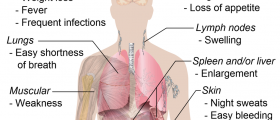


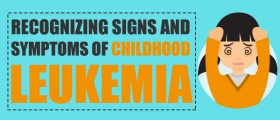
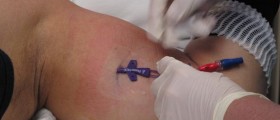
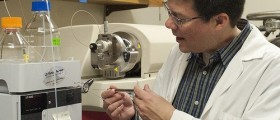
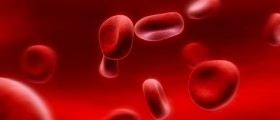
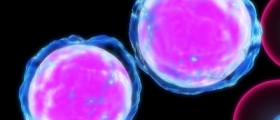



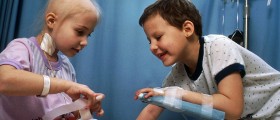
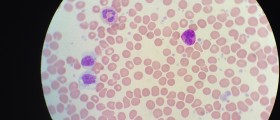
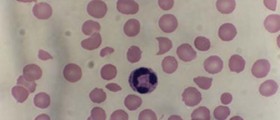
Your thoughts on this
Loading...